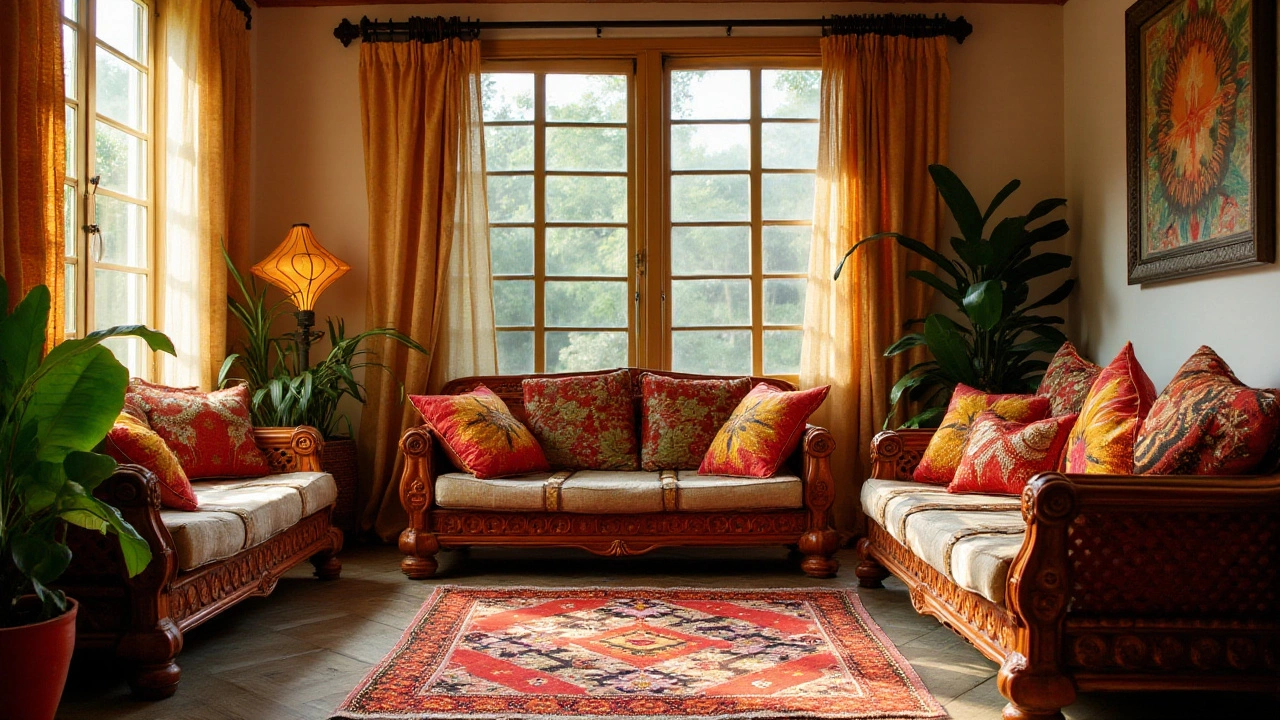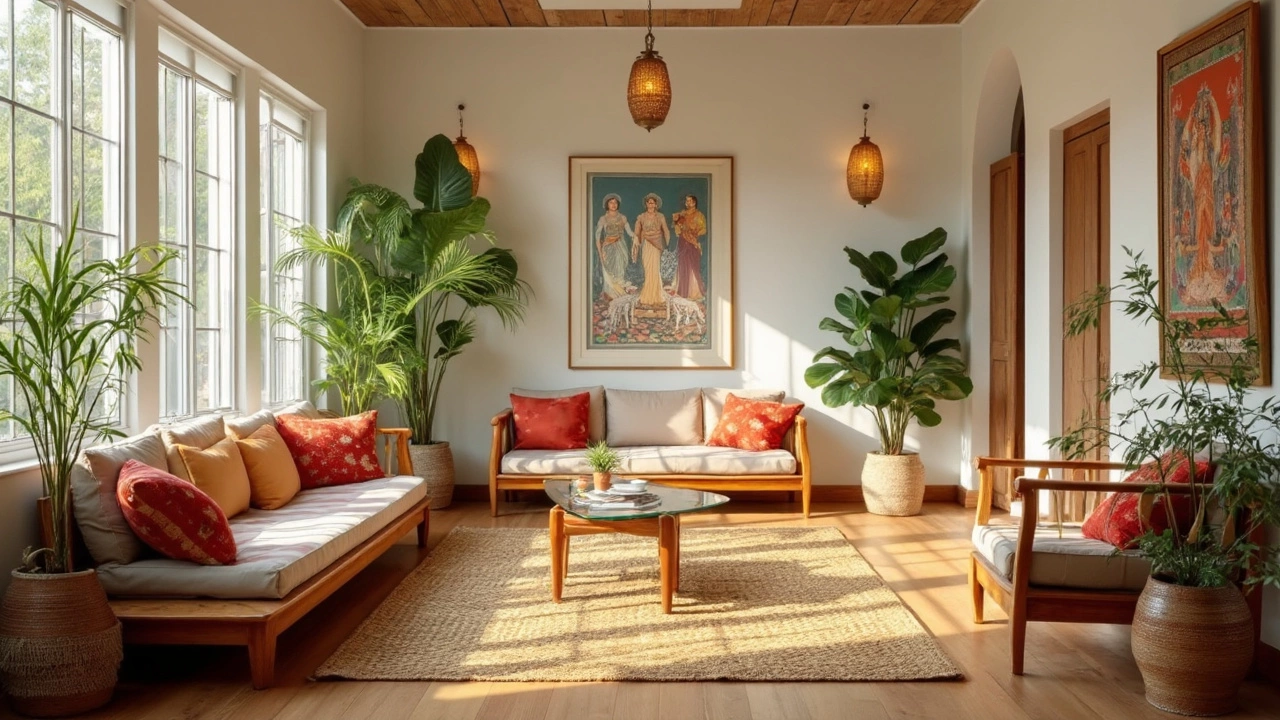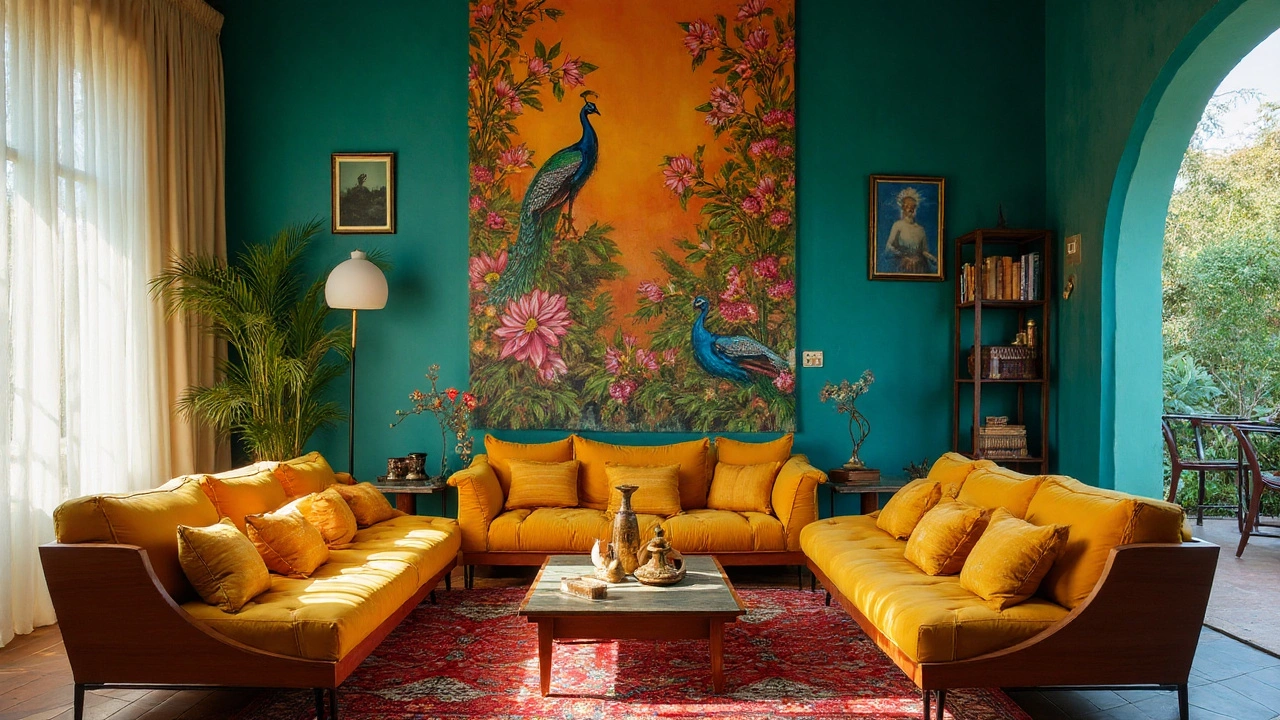How to Become a Self-Taught Interior Designer: Tips and Tricks
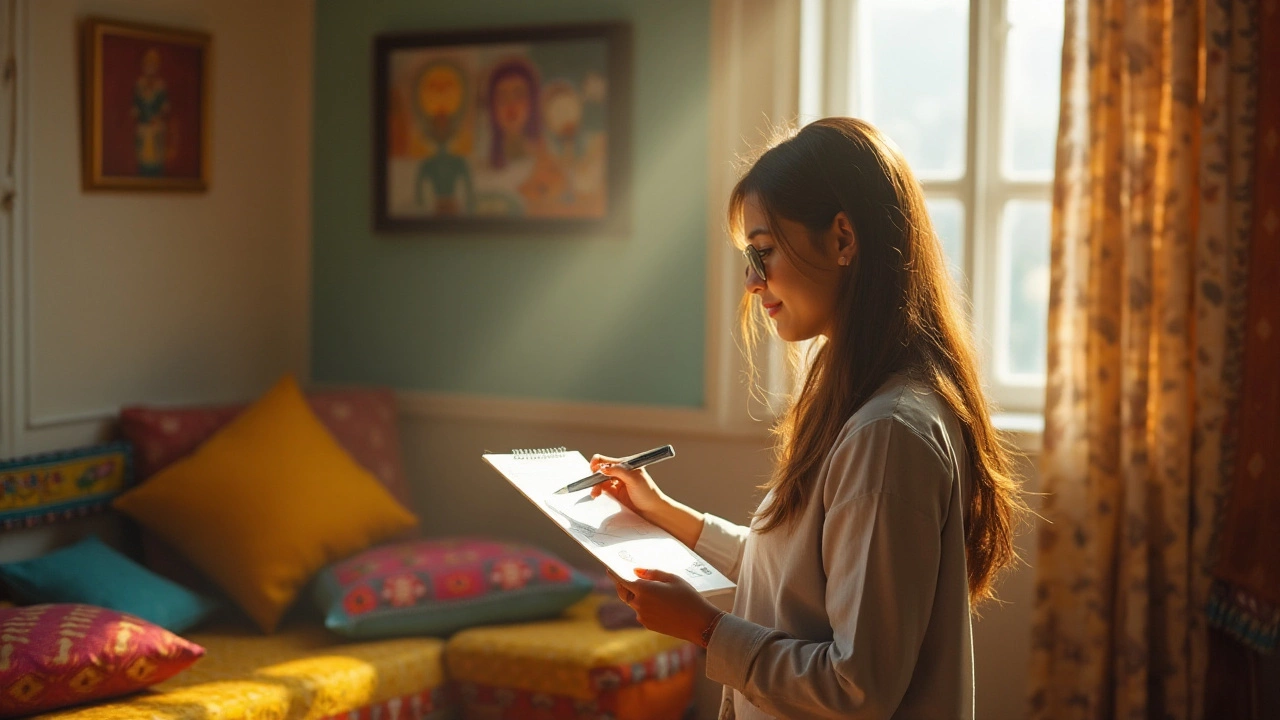
Diving into the vibrant world of interior design without a formal background might seem daunting at first. However, with the right mix of passion, perseverance, and a willingness to explore, it can be a highly rewarding endeavor. Many successful interior designers have paved their way by self-teaching, relying on an innate sense of style and a desire to create stunning spaces.
The beauty of design lies in its accessibility. Today, with an abundance of resources available, aspiring designers can learn and hone their craft from anywhere in the world. It isn't just about matching colors or arranging furniture; it's about creating an environment that tells a story and evokes emotion. By focusing on developing essential skills, leveraging online tools, and engaging in hands-on experimentation, anyone can become proficient in interior design.
- The Path to Self-Taught Design
- Essential Skills to Develop
- Utilizing Online Resources
- Practical Application and Experimentation
The Path to Self-Taught Design
Embarking on the journey to becoming a self-taught interior designer is a thrilling adventure, filled with opportunities for creativity and personal growth. The first step is often a deep, abiding interest in aesthetics and how spaces can influence our emotions and behaviors. Those with a keen eye for detail and a passion for transforming ordinary areas into stunning living environments are already on the right path. This innate drive to create is a crucial foundation, allowing individuals to pursue learning at their own pace and according to their unique style and preferences.
Historically, many renowned designers have started without formal education, shaping their careers through hands-on experience and an eagerness to continuously learn. For instance, one may tap into a wealth of online tutorials and comprehensive guides that cater to various aspects of interior design. From YouTube videos that offer step-by-step instructions, to engaging design blogs and interactive forums that foster community exchanges, the resources are virtually limitless. These platforms offer valuable insights that can help an aspiring designer understand the principles of color theory, spatial arrangement, and lighting, all while providing practical, real-world examples.
In addition to virtual resources, seeking inspiration from everyday surroundings is equally important. Visiting local galleries, museums, or even stylish cafes can spark ideas and provide fresh perspectives on aesthetics. By observing how spaces are utilized in different settings, aspiring designers can broaden their scope and apply these concepts to their personal projects. Moreover, attending workshops and design fairs can be an excellent way to connect with industry professionals, learn about the latest trends, and gain feedback on one's work.
Developing a diverse portfolio is another critical aspect of becoming a self-taught designer. This involves experimenting with different styles and mediums in both digital and physical formats. Whether it’s sketching floor plans, creating mood boards, or staging mock setups in one's home, these exercises allow for the honing of skills and the discovery of one's signature style. A well-curated portfolio serves as a tangible demonstration of one's capabilities, helping to attract potential clients or collaborators in the future.
As famed designer Jonathan Adler once said, "Design is about making people happy, either functionally, aesthetically, or emotionally." This quote encapsulates the essence of interior design, highlighting its power to transform and enhance everyday life.
As you progress in your journey, joining online communities dedicated to DIY home decor and interior design can also be invaluable. Here, enthusiasts share their experiences, troubleshoot common challenges, and exchange advice on how to overcome obstacles. These networks offer not only support but also a platform to showcase one's work and receive constructive criticism, which is crucial for continuous improvement.
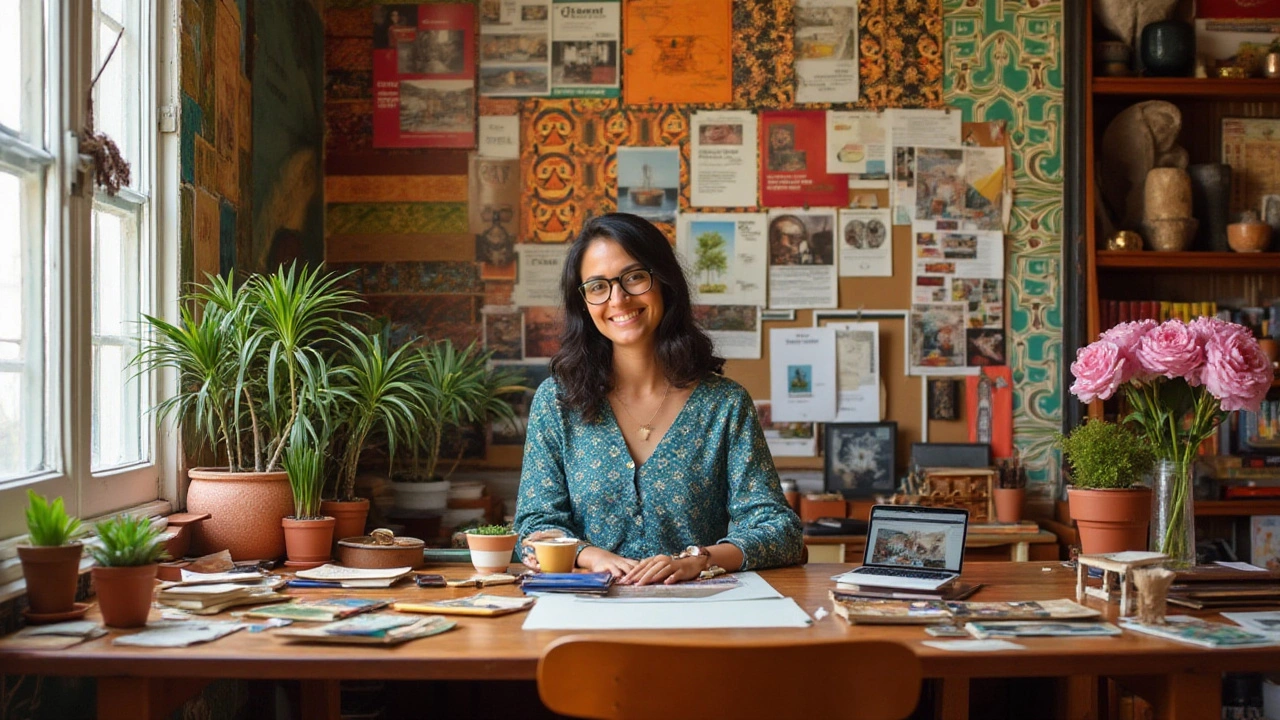
Essential Skills to Develop
Becoming an accomplished interior designer through self-teaching can be a fulfilling adventure filled with learning and creativity. One of the first skills to nurture on this path is spatial awareness. Spatial awareness is crucial because it enables you to envision how different elements of a design will fit together in a room. You need to develop a keen sense of how space can be utilized effectively, creating environments that are both functional and aesthetically pleasing. This includes learning the nuances of scale and proportion—understanding how the size of furniture and decor affects the balance and harmony of a room. Start by practicing with different room layouts, either through sketches or 3D modeling apps, to see firsthand how changes in dimensions can alter the feel of a space.
Another vital skill is the ability to choose and blend colors effectively. Color theory is a powerful tool for any DIY designer because it dictates the mood and atmosphere of any room. Begin with the basics—understanding the color wheel, hues, tints, shades, and tones, and progress to more complex ideas such as complementary and analogous colors. It's also essential to learn how lighting affects color perception. Experiment with paint samples under different lighting conditions to see how daylight, warm, and cool lights change the color of your walls. As the renowned architect, Frank Lloyd Wright, once said,
"Space is the breath of art,"illustrating how every design decision breathes life into a project when thoughtfully considered.
Incorporating texture and pattern is another skill that adds depth and interest to any design. Texture refers not only to how a surface might feel but also its visual appearance. Mixing different materials like wood, metal, textiles, and ceramics can enrich a room's tactile experience. Patterns, on the other hand, can guide the eye and inject energy into a space when used in wallpapers, fabrics, or rugs. Observing patterns in nature or art can spark inspiration and creativity in your projects. Developing an eye for these elements can transform an ordinary setting into a richly layered composition.
Mastering interior design also requires a deep dive into history and styles. Being acquainted with different architectural styles—from mid-century modern to contemporary or rustic—can provide a foundation for your designs. Understanding the historical context of these styles helps you select features that resonate with your personal or client’s tastes. Pay attention to the materials and techniques characteristic of each style, which can guide your selections and aid in designing spaces with integrity. Professional designers often recommend visiting museums, architectural landmarks, and even online galleries to gain insights and broaden their perspectives.
An often overlooked yet significant skill is project management. As a self-taught interior designer, you are responsible not only for the creative aspects but also for managing your projects effectively. This includes budgeting, scheduling, and collaborating with suppliers or craftsmen. Learning to create a budget that balances cost and quality, as well as mastering time management to follow project timelines, ensures that design projects progress smoothly. Organizing your workflow with digital tools or simple spreadsheets can make a world of difference in maintaining the delicate balance of creative exploration and logistical constraints.
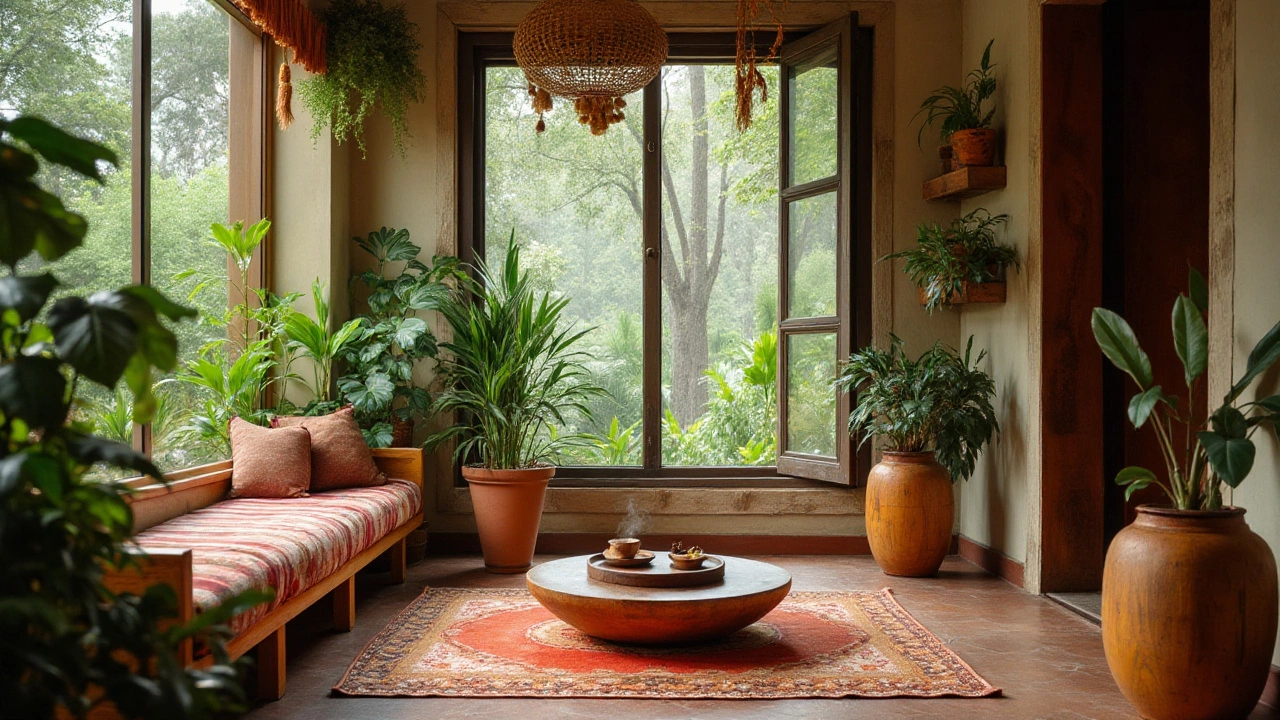
Utilizing Online Resources
In the digital era, the internet has become a treasure trove for aspiring interior designers. It opens up a world of possibilities to learn and grow your skills right from the comfort of your own home. One of the primary resources are online design courses offered by platforms like Coursera, Udemy, and Skillshare. These platforms provide classes that range from the basics of home decor and DIY projects to more advanced design principles. Such courses often include video tutorials, interactive projects, and community discussions, allowing you to learn at your own pace while receiving feedback from peers and instructors.
Blogs and YouTube channels dedicated to interior design offer another avenue for enhancing your skills. Channels hosted by industry professionals and enthusiasts alike can provide a visual aid and step-by-step guidance for various projects. Websites like Houzz and Apartment Therapy not only display beautiful designs but also offer insightful articles on trends, tips, and how-tos. Engaging with these resources can spark creativity, provide inspiration, and keep you updated on the latest styles.
Candice Olson, a television host and design expert, once mentioned, "In today's world, information is readily available if you know where to look. The internet has democratized learning, making it accessible to anyone with a connection." This rings particularly true for interior design, where the visual and interactive medium of the web allows for an immersive learning experience.
Social media platforms like Instagram and Pinterest are invaluable for designers. They act as continuous sources of inspiration and ideas. By following renowned designers and emerging talents, you can observe different styles, techniques, and philosophies. Creating boards on Pinterest allows you to collect and organize your ideas, helping clarify your design aesthetic and direction as you embark on your projects.
Forums such as Reddit's design communities and Facebook groups can be supportive platforms for learning and receiving constructive criticism. These venues enable connections with fellow learners and professionals who can offer advice, share experiences, and provide solutions to design challenges. Engaging in these forums fosters a collaborative learning environment where knowledge is shared freely.
Self-taught designers can greatly benefit from leveraging software tools such as SketchUp, AutoCAD, or even basic photo editing software. Many of these tools offer free versions or trials that allow you to practice and experiment. By playing around with these software tools, you can develop your technical skills and get a tangible sense of how spaces can be transformed through design before applying changes in the real world.
Incorporating technology in your learning arsenal undoubtedly enhances your journey in becoming a proficient interior designer. By utilizing these online resources, you're well-equipped to tackle design challenges and bring your creative visions to life. Whether it's through visual inspiration, educational material, or community interactions, the internet is a powerful ally in your pursuit of design mastery.
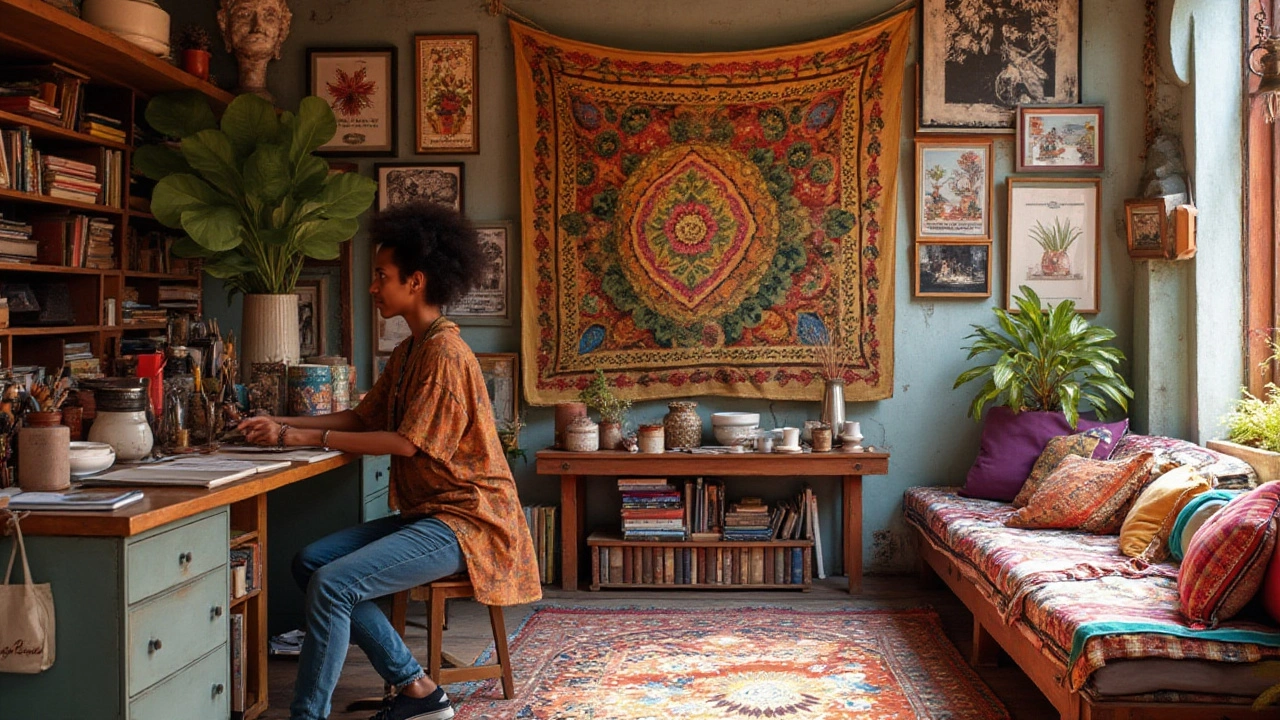
Practical Application and Experimentation
Embarking on the journey of interior design involves far more than theories and concepts; it's about getting your hands dirty and bringing your creative visions to life. When it comes to learning through practical application, there's truly no substitute for the experience of trial and error. You might paint a room the wrong shade or arrange furniture in a way that doesn't flow well — and that's perfectly okay. Every misstep is just another step toward mastery. The process of experimentation allows you to understand spatial relationships, the impact of color, and how natural light interacts with textures.
One effective way to start is by selecting a small space, such as a bedroom or even a corner of your living room, to experiment with different design elements. Change the layout regularly, observe what works and what doesn't, and take notes of how each alteration affects the overall ambiance. It helps to take before-and-after photos, which not only allow you to evaluate changes more objectively but also build a portfolio of your learning journey. Tuning into your personal style is crucial. Try using mood boards or digital tools like SketchUp to visualize ideas before actual execution. A quote by interior designer Nate Berkus comes to mind:
"Your home should tell the story of who you are, and be a collection of what you love brought together under one roof."This encapsulates the essence of experimenting with interior design — creating space that reflects your personal taste and experiences.
In today's digital age, there are numerous resources online that serve as both inspiration and education. Platforms like Pinterest and Instagram offer a treasure trove of ideas. Pinterest, in particular, allows you to collate images that inspire you, helping fine-tune your aesthetic preferences over time. DIY blogs and YouTube channels dedicated to interior design can walk you through countless projects, from creating feature walls to upcycling furniture. Implementing what you learn from these resources in your own projects can significantly bolster your hands-on experience. The act of balancing aesthetics and function becomes a practical exercise. Crafting space isn't solely about what's stylish; it involves understanding how design choices make a space feel lived-in and functional.
Learning self-taught interior design is greatly enhanced when you mix knowledge with active experimentation. It might be helpful to occasionally bring in elements of professional approach through structured challenges. For instance, redesign a room with a specific theme or within a certain budget. This strategy nudges you to think like a professional designer, prioritizing both creativity and practicality. The iterative process of designing, receiving feedback, re-evaluating, and then redesigning is a significant part of learning self-taught design. Embrace feedback from friends or fellow design enthusiasts and use it constructively to refine your approach.
Interestingly, the tactile nature of practicing interior design often brings unexpected learnings. It's not uncommon to stumble upon a palette that you hadn't considered before or to discover how a particular style of furniture dramatically alters the dynamic of a space. The crux lies in being open to surprises and willing to adapt with flexibility. To guide future endeavors, maintaining a design journal where you document these insights can prove extremely useful. Through practical application, the journey towards becoming a proficient, self-taught interior designer is both engaging and deeply rewarding.
